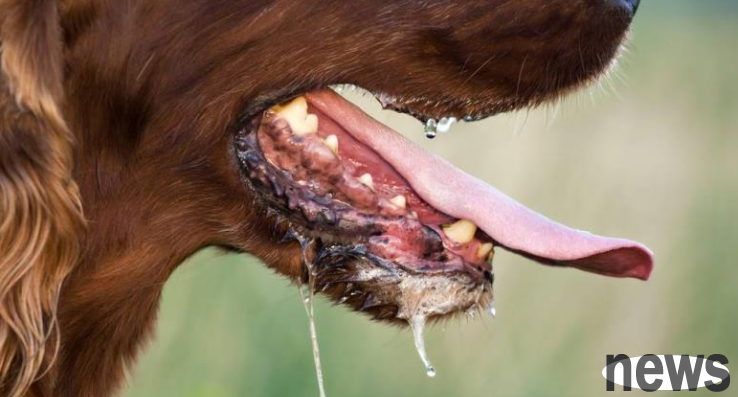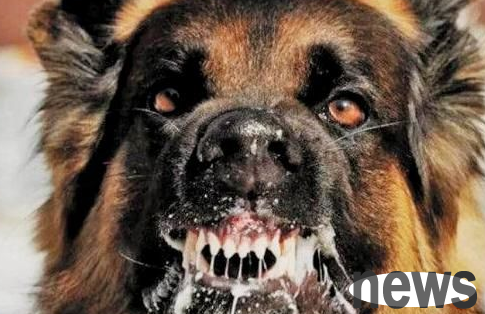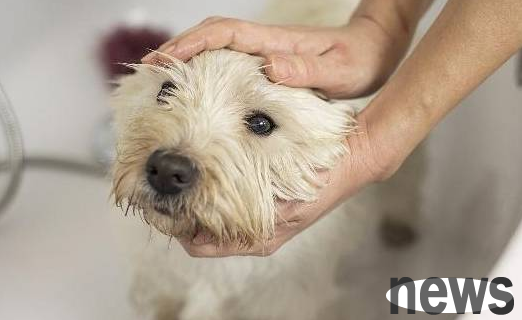Cats and dogs are "disturbing" in spring, so don t be careless about rabies prevention!
As the saying goes, "Spring is here, and mad dogs are making trouble." As the weather warms up, small animals such as cats and dogs enter the estrus stage one after another, and their temperament becomes irritable and more aggressive than usual. Once injured by animals with rabies virus, there is a risk of contracting rabies. Once the disease occurs, the mortality rate is close to 100%! Let’s talk about such a dangerous "rabies".
...
01 What is rabies?
Rabies is an animal-derived infectious disease caused by rabies virus infection. Rabies virus mainly invades the human body through damaged skin or mucous membranes. It is mostly manifested in clinical practice as specific wind fear, water fear, pharyngeal muscle spasm, progressive paralysis, etc. There is currently no effective clinical treatment method.

The incubation period of rabies ranges from 5 days to several years (usually 2-3 months, rarely more than 1 year), and the length of the incubation period is related to factors such as the virulence of the virus and the nerve distribution of the invading site. Once the disease occurs, the mortality rate is close to 100%! Therefore, timely treatment of wounds after exposure and vaccination of rabies are the key to improving survival rates.
02 Can rabies virus only be transmitted by dogs?
High-risk animals
Wild carnivorous mammals such as dogs, cats, weasels, badgers, raccoons, wolves, foxes, and other wild carnivorous mammals, as well as bats. After being injured by these animals, you must go to a professional medical institution for disposal as soon as possible.
Low-risk animals
Live livestock such as cattle, sheep, pigs, and rabbit-shaped species, as well as rodents such as mice. This type of animal has a theoretical risk of spreading rabies, but the risk of spread is extremely low. After being injured by these animals, routine post-exposure treatment is generally not required.
Riskless animals
Animals other than mammals, such as birds, fish, reptiles, etc. None of these animals spread rabies.
03 How to deal with
after being scratched or bitten by an animal?
"One Wash"
Use 20% soapy water (or other weakly alkaline detergent) and some pressure of running water to wash each wound for at least 15 minutes. If conditions permit, it is recommended to use professional rabies cleaning equipment and special cleaning agents to rinse the inside of the wound. Finally, rinse the wound with saline to avoid residues of soap or other cleaning agents.
"Eliminate"
Use 2% iodine, 75% alcohol and other skin and mucosa disinfectants with virus inactivation effect to apply or disinfect the inside of the wound. Do not suture or bandage the wound without authorization. When the wound is serious, after the above necessary treatment is performed, please go to the hospital in time to ask the doctor to do further wound treatment!
"Three Immunizations"
are vaccinated in a timely manner.
04 Under what circumstances do you need to receive the
rabies vaccine?
Pre-exposure immunity (before exposure to high-risk factors)
1.People in certain high-risk occupations
All individuals who are continuously and frequently exposed to rabies risk environments are recommended for pre-exposure immunity, such as laboratory staff, veterinarians who are exposed to rabies virus.

2. Visitors planning to travel to remote or high-risk areas, etc., are recommended to go to remote areas that are difficult to obtain timely post-exposure prevention and treatment, and tourists who are at risk of exposure, are immune to pre-exposure.
Immunization after exposure (after exposure to high-risk factors)
The measures we take vary according to different exposure levels. For details, please refer to the following table:
05 Standardized vaccination procedures for rabies vaccine?
Currently, there are two immunization procedures for rabies vaccine in my country: "5 injection method" and "2-1-1 method".
In addition to correct wound treatment and standardized vaccination, rabies passive immunization preparations are also required if necessary to better achieve preventive effects!
Warm reminder: When animals are active in spring, please keep a distance from cats, dogs and other animals to improve your awareness of self-protection, beware of being bitten or scratched, and avoid the risk of rabies infection.


